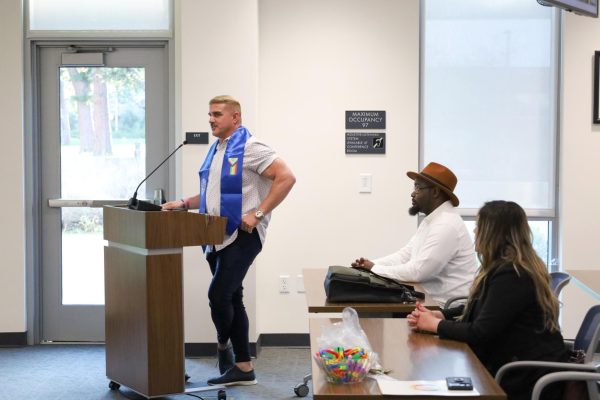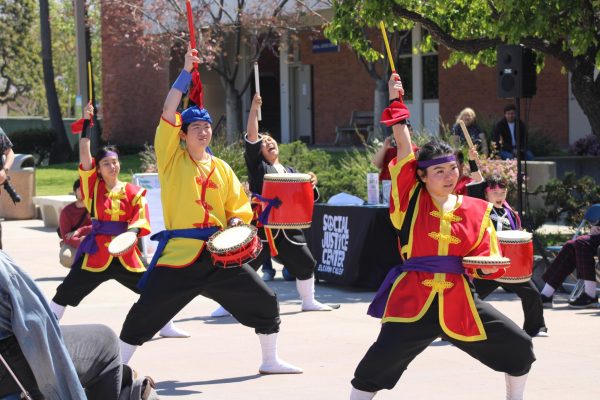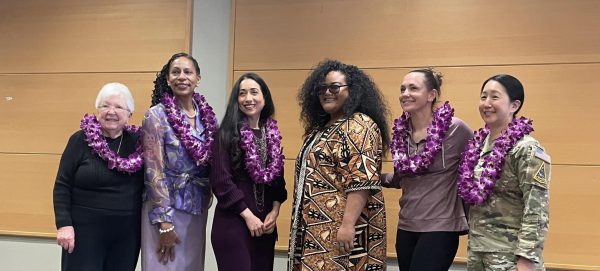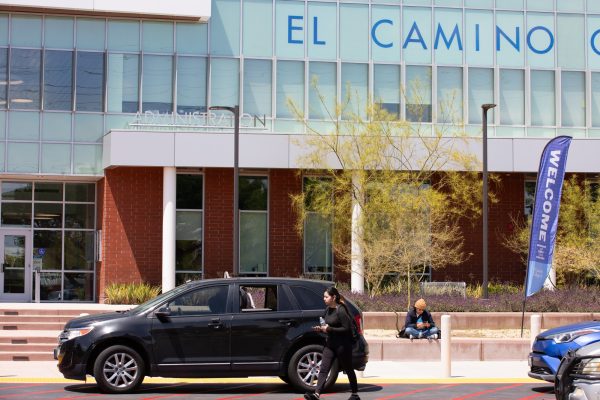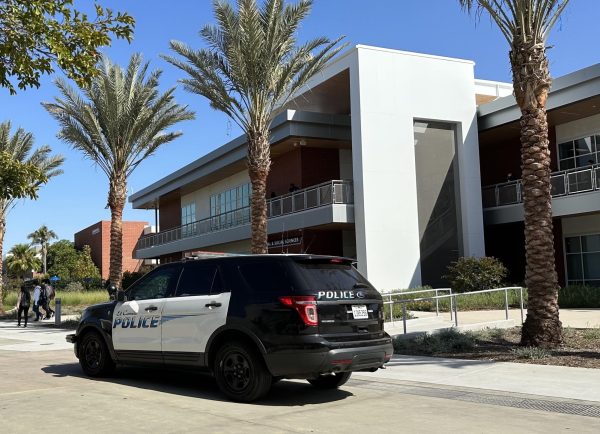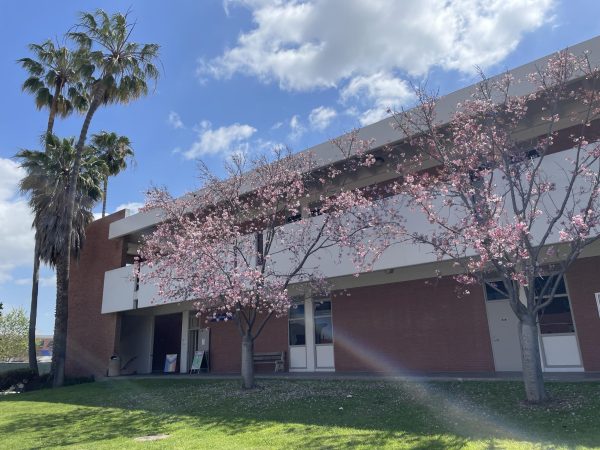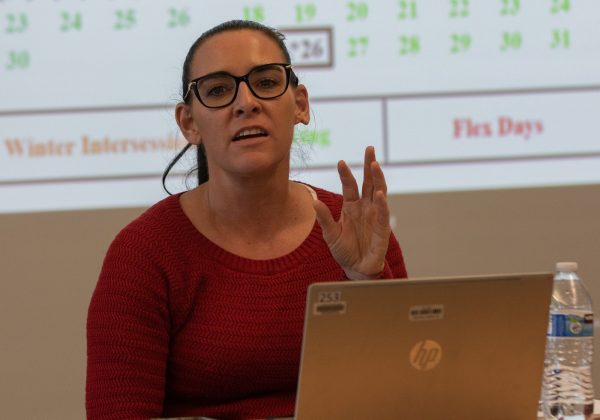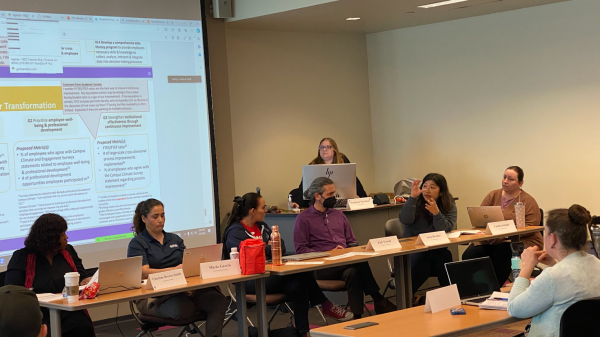New learning modality aims for flexibility and increased student engagement
A new learning modality called Hyflex can see increased flexibility in both online and in-person learning options for students.
Hyflex, short for ‘hybrid flexible’, was presented and discussed by Distance Education Faculty Coordinator Moses Wolfenstein during the Tuesday, April 5 Academic Senate Meeting.
Wolfenstein said that Hyflex allows flexible attendance for students, so that they may join a class virtually if they cannot go in person for specific times.
“Life is unpredictable,” Wolfenstein told The Union. “For many students, they know that they don’t have the kind of guarantee in terms of their life that in any given semester they’ll necessarily be able to get to campus for every class meeting.”
As opposed to hybrid learning which has both asynchronous pre-recorded and in-person lecture options, Hyflex will simultaneously have live Zoom meetings and in-person classes through upgraded technology, improving engagement and participation for students on either side of the screen.
“We’ve heard from a lot of students via our campus surveys that they feel really disconnected in live online classes, because it’s just a bunch of little black squares, and people aren’t incentivized to turn their cameras on or necessarily participate,” Wolfenstein said.
Dean of Library and Learning Resources and Campus Technology Committee co-chair Crystle Martin said this improved technology will include the standard classroom technology such as projectors and speakers, as well as additional cameras and microphones that will be attached to ceilings.
“The intention is, that way, the students that are participating virtually can actually see the students in the class, and vice versa,” Martin said. “That will help those who are not physically in the room feel connected, and not just like they’re watching an online lecture.”
The Information Technology Services Division will be working with the technology solutions company Golden Star Technology to run pilot rooms in Life Science Building room 130, Math Business Allied Building Room 103 and Distance Education Building room 166 from April 11 to 15.
Wolfenstein said one of the first incorporations of the Hyflex method was in the College of Canyons, where they had a water systems program whose audience mostly comprised of adult professional learners who require flexibility.
“This is a way that they can still at least attend their class and have a quality learning experience,” Wolfenstein said.
A concern raised for Hyflex, however, is that due to the new technology and multifaceted method, further training and efforts may be required for professors and teaching assistants may also be needed.
“I think, to be frank, I see Hyflex as challenging for faculty, potentially it is a lot of work,” Wolfenstein said.
Kelsey Iino, counselor and President of the El Camino College Federation of Teachers said that negotiations to ensure faculty’s proper working conditions and compensation should hopefully occur before the Federation renews its contract in December.
“If you have students in-person and you have students online, and you’re kind of having to check back and forth, you can’t quite know if the people remotely are understanding,” Iino said. “I’m not sure if it’d be distracting or helpful, I think we just need to make sure there’s a clear understanding of what this entails.”
Another issue brought up is that students might be confused in the aspect of languages used, especially with ‘online’, ‘live online’, ‘hybrid’ and more terminologies emerging after COVID.
“As a counselor, my main concern would be for students being able to understand what they’re signing up for,” Iino said.
Rafia Khan, a part-time Psychology major at El Camino College, agreed that the terminologies have been unclear, especially since she needed adequate time for both school and her job at the business attire brand Worthington.
“Some classes I thought would even be in-person, but I found out have changed to just online or are actually online, so they need to have more clarity,” Khan said.
It is yet to be decided whether individual professors can choose to apply Hyflex in their courses or if the new method of learning will be implemented per department, and whether or not Hyflex courses will be ready by fall 2022.
Khan, however, said more chances of learning flexibility can be good, especially since an “unpredictable” situation of coming in close contact with a person with COVID occurred to her and caused her to quarantine for a week.
“If I didn’t have all online-only courses, I would have missed a lot,” Khan said. “I can see how it can be beneficial to students with work, family and different responsibility.”



